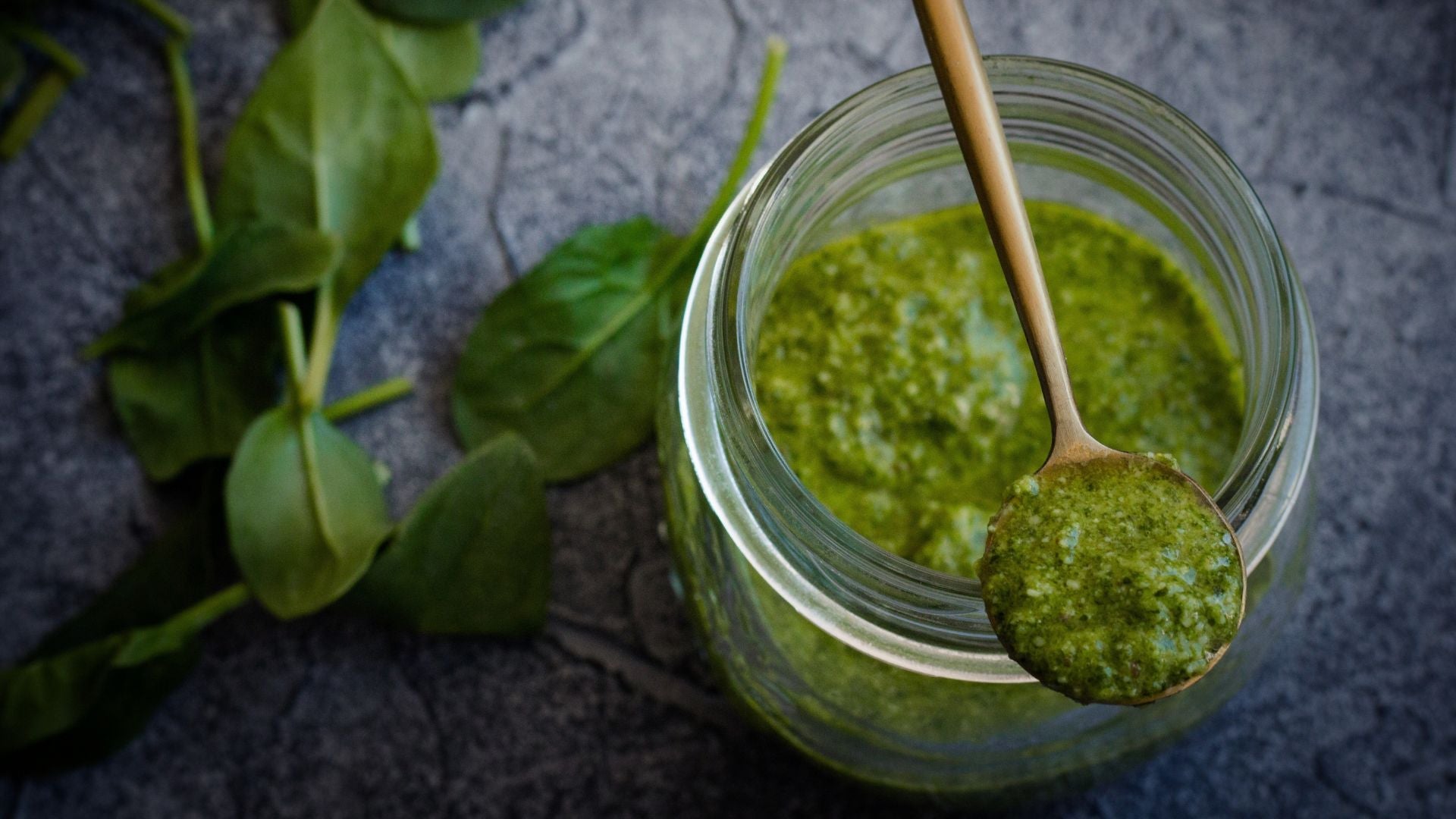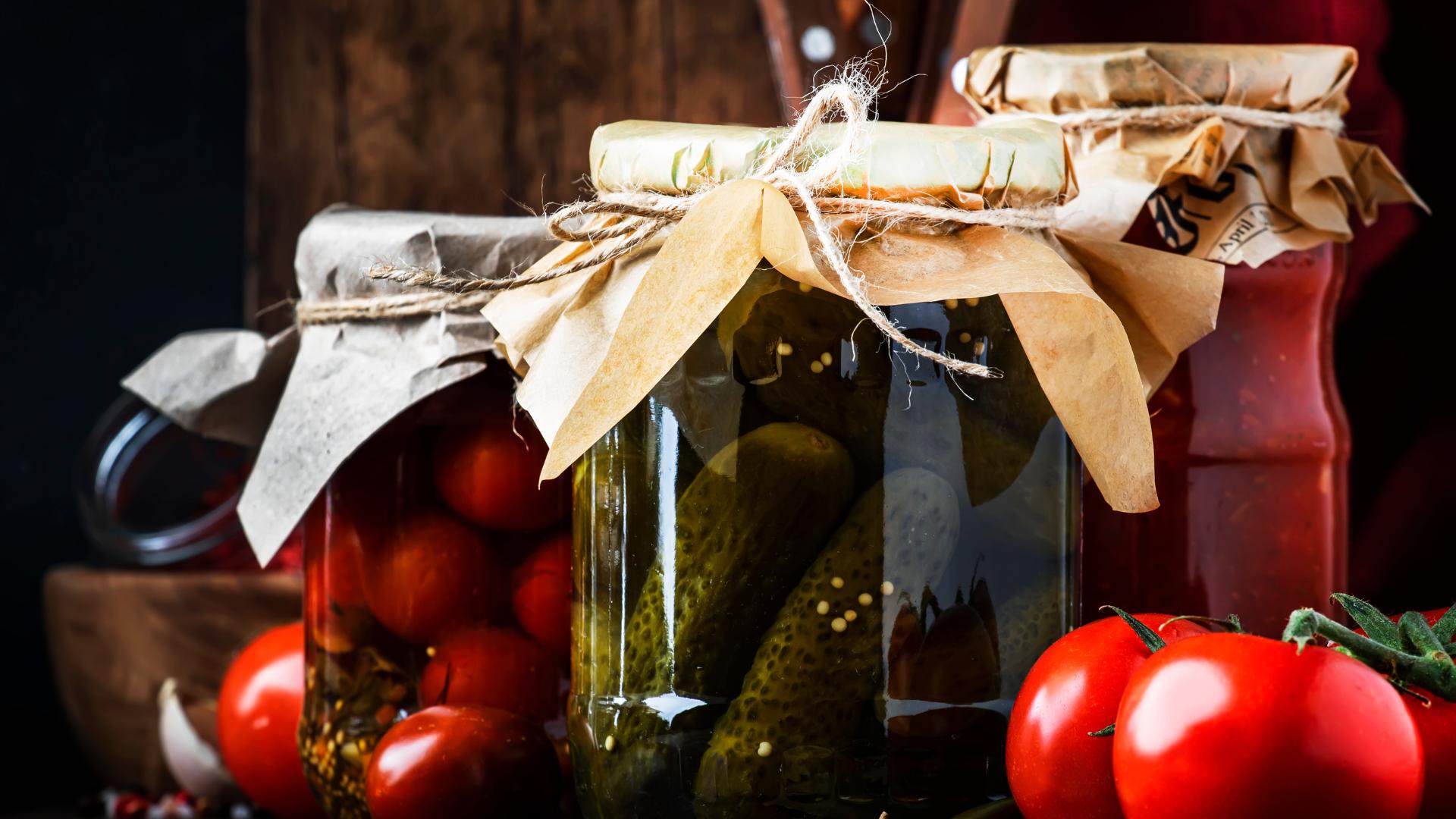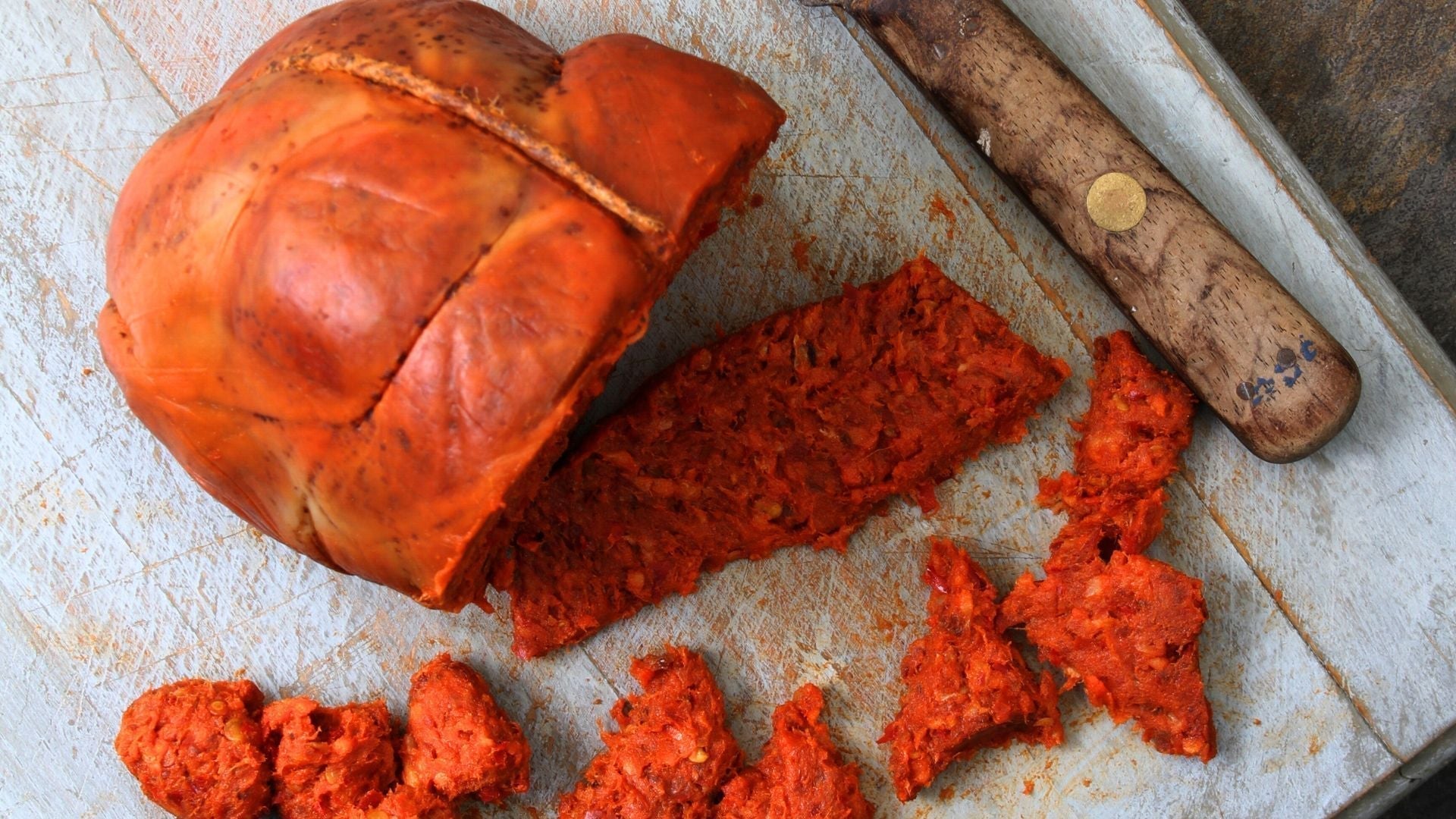Extra virgin olive oil (EVO) is at the heart of the Mediterranean diet, beloved for its unique flavor and numerous health benefits. However, with so many oils available, it can be a challenge to distinguish a top-quality product. In this guide, we'll help you identify a high-quality extra virgin olive oil by analyzing its visual, olfactory, and taste characteristics, as well as essential label information.
The Main Classifications of Olive Oil
To make an informed choice, it is important to know the different categories of oil:
- Extra Virgin Olive Oil (EVO): obtained exclusively by mechanical processes, without the use of chemical substances, with free acidity ≤ 0.8%. It has a fruity flavor, free from sensory defects.
- Virgin Olive Oil: similar to EVO, but with acidity up to 2% and possible organoleptic defects.
- Refined Olive Oil: obtained from virgin oils through refining, with neutral flavour and aroma.
- Olive Pomace Oil: produced by refining the residue from olive pressing, often mixed with virgin oil.
Visual Analysis: Color and Clarity
The color of EVO oil can vary from deep green to golden yellow, influenced by the variety of olives, the degree of ripeness and the extraction method. However, color is not a sure indicator of quality, since it can be modified by filtration or the addition of chlorophyll.
Clarity is another important aspect. Unfiltered oils may have a slight turbidity due to suspended particles, without compromising quality. On the contrary, excessively clear oils may have been refined, losing part of their organoleptic properties.
Olfactory Evaluation: Perfume and Aromas
A quality EVO oil releases a fruity, fresh and inviting aroma. Among the most common olfactory notes are hints of freshly cut grass, artichoke, tomato, almond and apple. Unpleasant odors, such as rancid, mold or fermentation, are clear indicators of low quality.
Taste Test: Flavor and Sensations
Tasting is essential to evaluate an EVO oil. An excellent product offers a harmonious balance between bitterness and spiciness, resulting from the presence of beneficial phenolic compounds. The fruity flavor may include notes of grass, artichoke, tomato or almond.
Bitterness and pungency, although they can vary in intensity, are positive signs of freshness. On the contrary, metallic or wet cardboard flavors indicate oxidation or unwanted fermentation.
Tag: What to Check
The label is a valuable source of information about the quality of the oil. Here are the elements to check:
- Name: Make sure it says "Extra Virgin Olive Oil".
- Origin: prefer oils with DOP (Protected Designation of Origin) or IGP (Protected Geographical Indication).
- Harvest or Expiration Date: choose fresh oils, to be consumed within 18 months of production.
- Extraction Method: the term "cold extracted" guarantees a process at temperatures ≤ 27°C.
- Olive Varieties: Knowing the cultivar helps predict the flavor profile.
Storage and Packaging
Storage significantly affects the quality of EVO oil:
- Packaging: Prefer dark glass bottles or stainless steel containers.
- Storage: Keep oil away from light, heat and oxygen.
- Closure: Make sure the container is airtight.
Certifications and Awards
Certifications such as DOP, IGP and Organic attest to the excellence of the product. International awards, such as the "Sol d'Oro" or the "NYIOOC World Olive Oil Competition", are further indicators of quality.
The Frost Test
A home method to evaluate an EVO oil is the freeze test: put the oil in the refrigerator and observe if it solidifies. This behavior, typical of monounsaturated fatty acids, is common in quality oils. However, it is not foolproof, as even inferior oils can show the same behavior.
Beware of Prices That Are Too Low
An authentic EVO oil requires high production costs. Prices that are too low often hide inaccurate blends or production processes.
Conclusion
Recognizing a high-quality extra virgin olive oil requires attention to detail. Analyzing color, aroma, flavor and label allows you to make an informed choice. An excellent EVO oil is not only a pleasure for the palate, but an investment in health. Remember, each bottle tells a story of tradition and passion: choose with curiosity and awareness.







